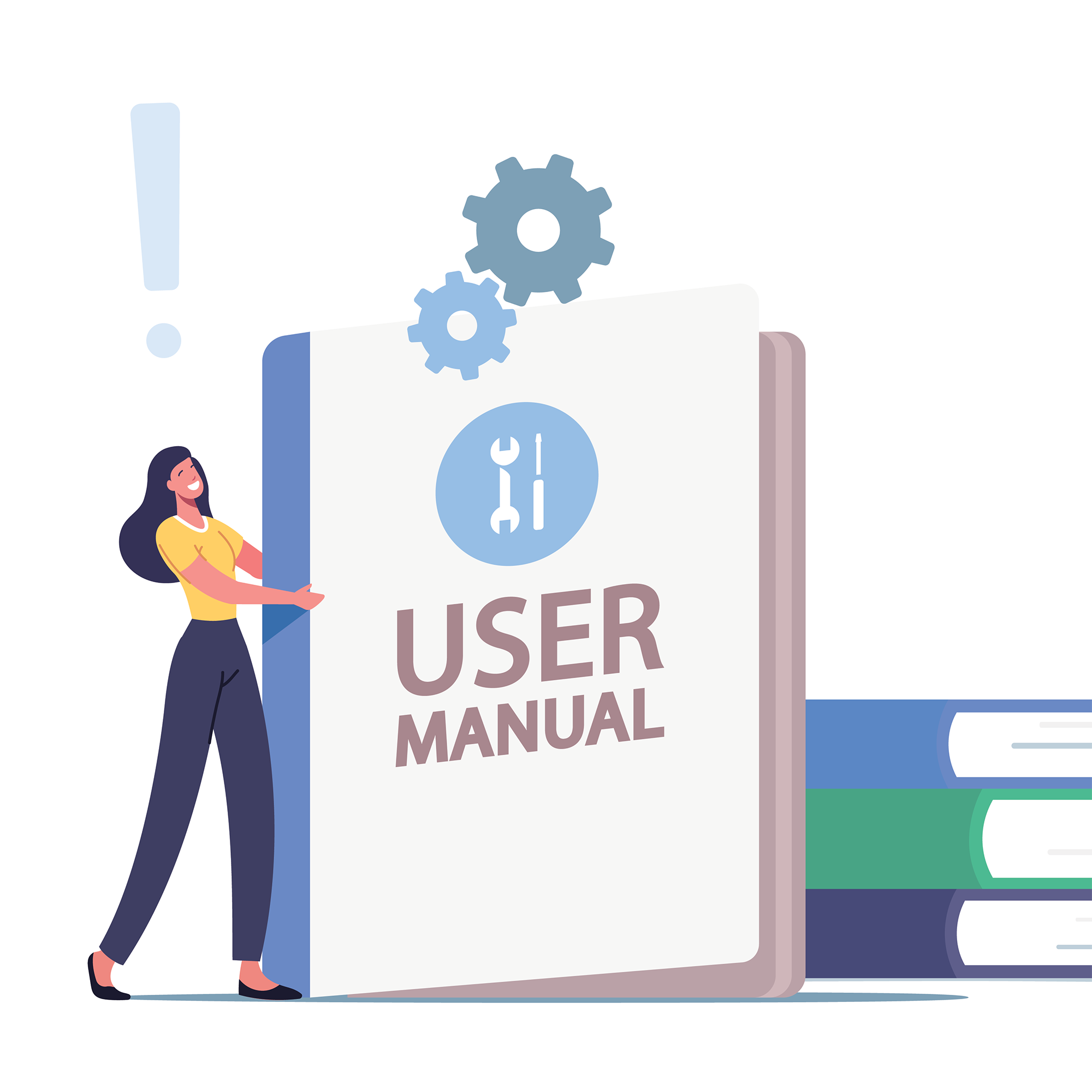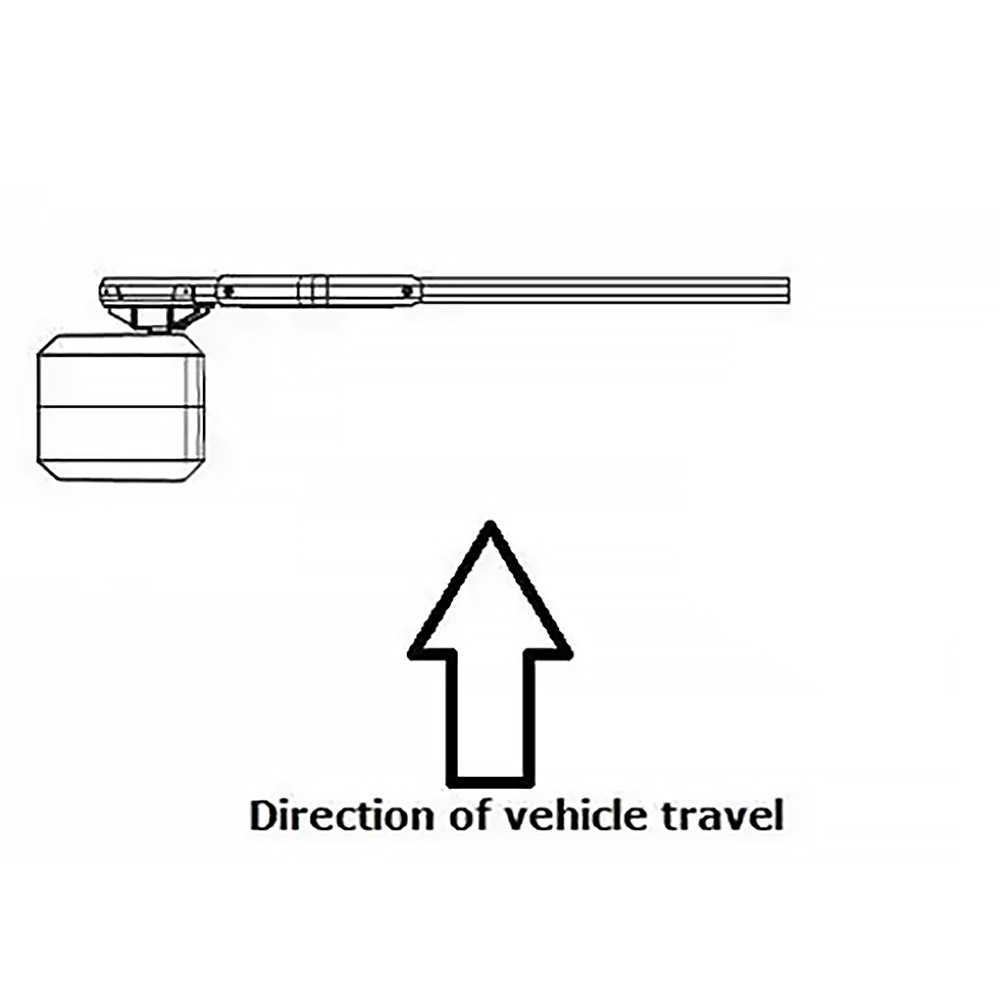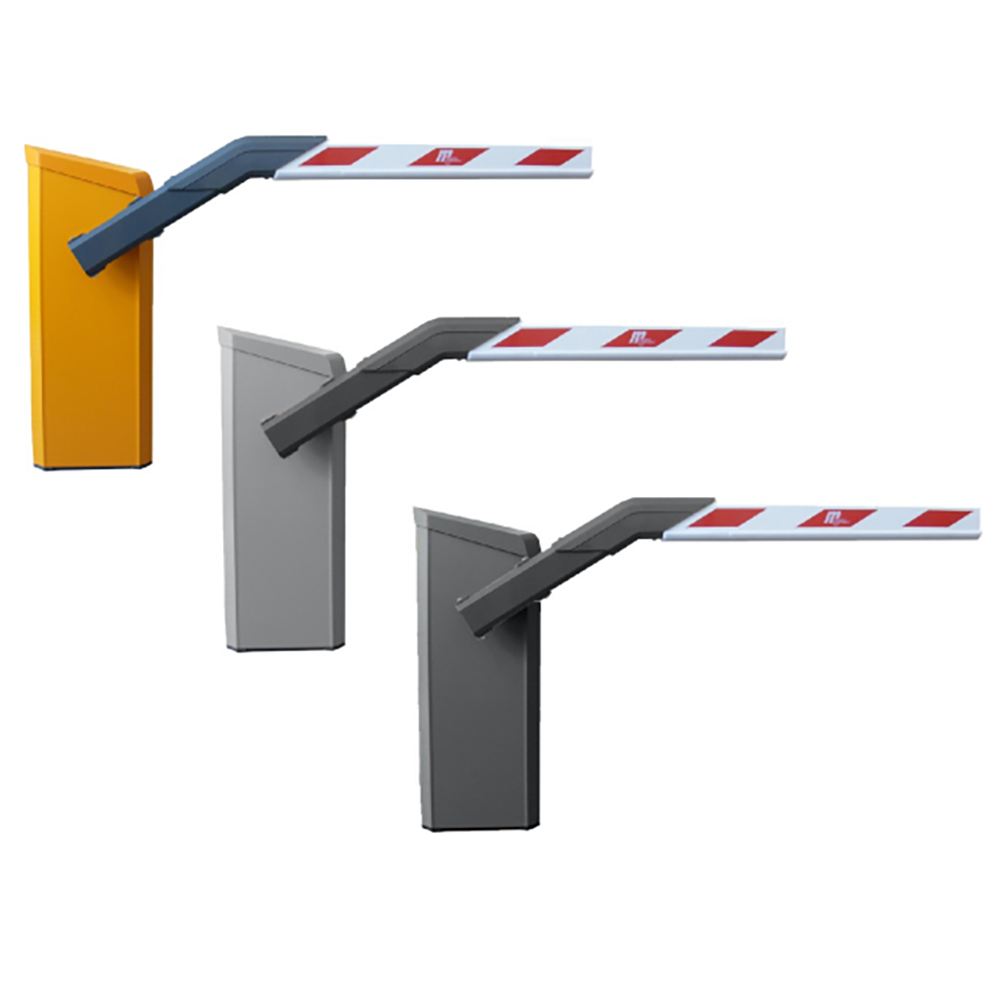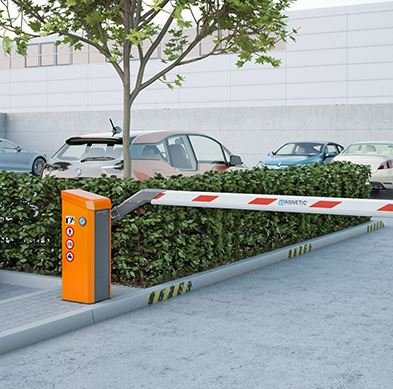How To Prevent Your Magnetic AutoControl Barrier Gate from Breaking Down
Preventative maintenance is essential on MHTM MicroDrive Barriers in order for safe and proper functionality. Preventative maintenance is maintenance that is regularly performed on a piece of equipment to lessen the likelihood of it failing as well as increase the lifespan of said product. In order to prevent unexpected breakdowns, it should be performed while the equipment is still working. Inappropriate cleaning and maintenance can cause severe or lethal injuries.
Personal Protective Equipment:
It is necessary to wear personal protective equipment when dealing with the barrier in order to minimize health hazards. Before carrying out any work, dress in the necessary protective equipment.
The following must be worn during maintenance work:
- Work Clothes
- Protective gloves
- Safety shoes
- Protective helmet
Maintenance Book:
In barriers where personal traffic cannot be excluded, a maintenance book must be maintained. In any other barriers, maintenance of a test book is not mandatory. However, we recommend keeping a test book in such barriers as well, to properly document all maintenance work.
Aggressive Cleaning Aids and Substances:
Aggressive detergents and consumables may damage or destroy components, electric cables, and/or coating of the barrier.
- Do not use cleaning agents with aggressive ingredients.
Cleaning the Outside of Barrier:
Clean the barrier housing and arm at regular intervals specified in the table below.
Cleaning the Inside of Barrier:
1. Switch off the power supply and secure it against restarting.
- Keep moisture and dust away from live parts, as this may lead to a short circuit.
- Never clean the barrier housing or barrier arm with vapor or pressure-jet cleaners.
2. Remove contamination from the outside of the barrier housing properly using water with washing liquid and a square of cloth. Do not bring control units and electrical components in contact with moisture.
3. Remove dust inside the housing with a vacuum cleaner.
4. After cleaning, check that all previously opened covers are closed again and that all safety equipment functions correctly.
Maintenance Schedule:
The following describes the maintenance work that is necessary for optimal, trouble-free operation. Maintenance intervals must be observed. If increased wear of individual components or functional groups is revealed during regular inspections, the operator must reduce the required maintenance intervals on the basis of the actual signs of wear. Contact the manufacturer if any questions arise.
| Interval | Maintenance Work | To Be Carried Out By |
|---|---|---|
| Monthly | Visual inspection of the house, inside and out, for damage and corrosion. Clean the housing and repair paint damage as necessary. Remove corrosion damage. | Specialist |
| Visual insepction of foundation anchors, attachment profiles and mounting material for corrosion. Remove corrosion damage. | Specialist | |
| Visual Inspection of the barrier arm for damage and corrosion. Clean the barrier arm and repair paint damage as necessary. Remove corrosion damage. | Specialist | |
| Visual inspection of additional parts, such as the pendulum support, for damage and corrosion. Clean additional parts and repair paint damage. Remove corrosion damage. | Specialist | |
| Where they exist, inpsect lenses and mirrors of the light barriers | Specialist | |
| Every 6 Months | Perform all monthly maintenance work. | Specialist |
| Check function of the residual current operated device. | Electrical Specialist | |
| Check the barrier housing fastening screws for tight fit. If required, tighten the screws. | Specialist | |
| Check the barrier arm and flange fastening screws for tight fit. If required, tighten the screws. | Specialist | |
| Check the screws of the system parts, such as pendulum support, for tight fit. If required, tighten the screws. | Specialist |
| Interval | Maintenance Work | To Be Carried Out By |
|---|---|---|
| Every 12 Months | Perform all monthly and semi-annual maintenance work. | Electrician/Specialist |
| Check the barriers mechanics. | MHTM MicroDrive Service Specialist | |
| Check the spring setting of the lever system. | ||
| Check barrier arm position. | ||
| Visual inspection of the induction loops and the carriageway in the area of the loops for damage. | ||
| Check the induction loops function. See seperate document "Description of Control units MGC and MGC Pro for MHTM MicroDrive barriers". Chapter "Detector 1 (A-B)". | ||
| Check the induction loops. Measure the contact resistance, insulation resistance, and inductivity of the induction loops. See page 58. | ||
| Where they exist, check the function of additional safety equipment, such as light barriers. | ||
| Check the barrier's function. | ||
| Check the barrier's locking in the position "Closed". | ||
| Check the advanced warning on barriers with the active function "Traffic lights lead". | ||
| Check electric cables for damages. | ||
| Check if all electrical connections are firm. | ||
| Check signs and labels for completeness and legibility. |
*Disclaimer: We are not responsible for barrier malfunction or failure, regardless if preventative maintenance is followed or not. Contact the barrier manufacturer for more infomation.




